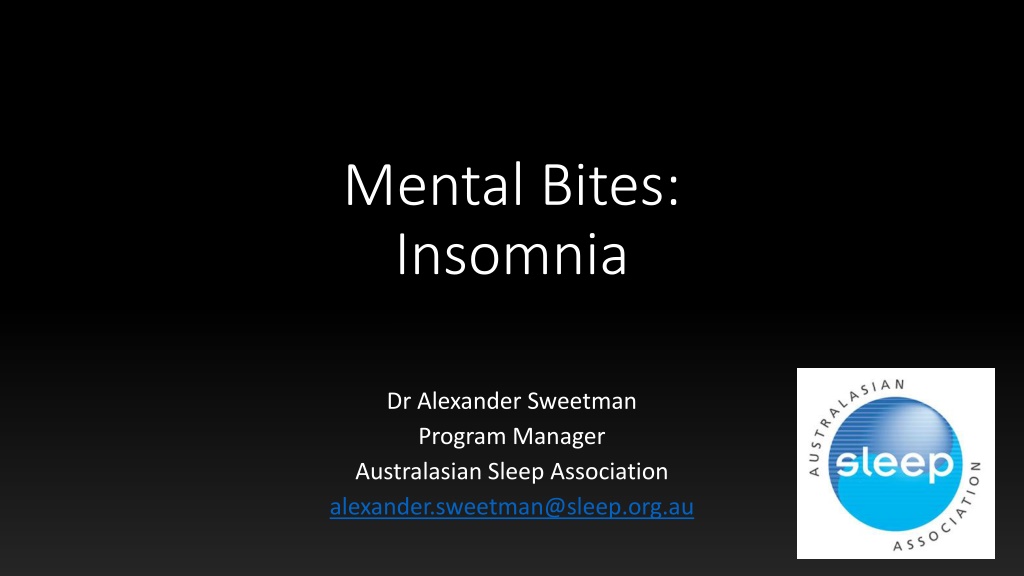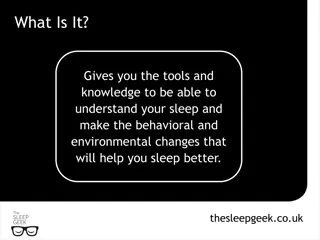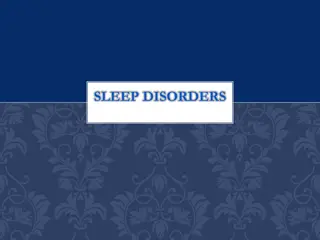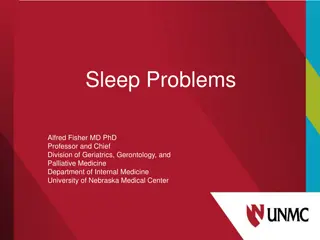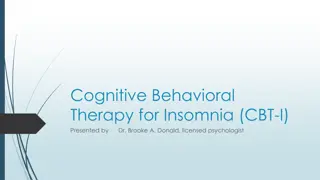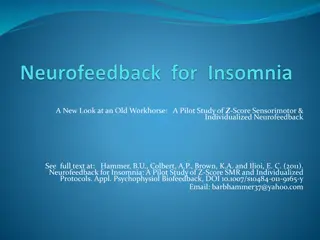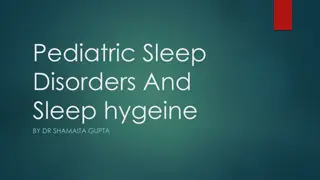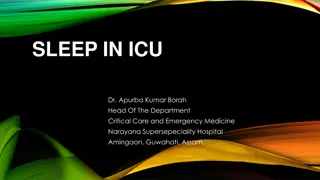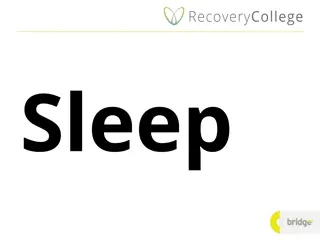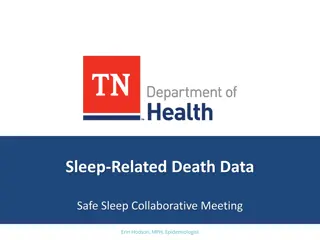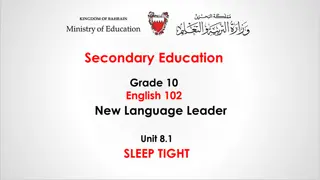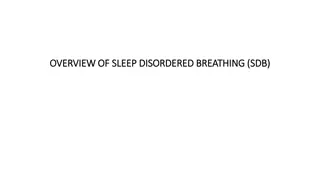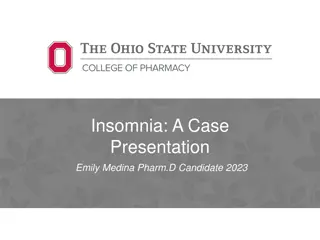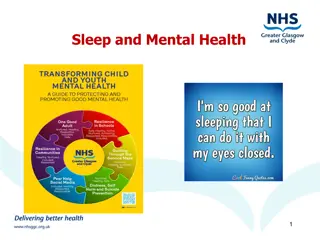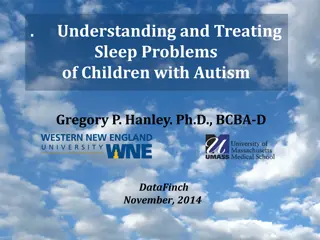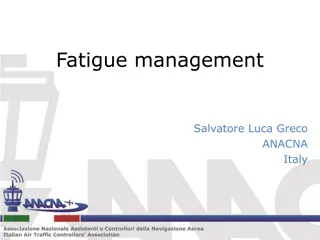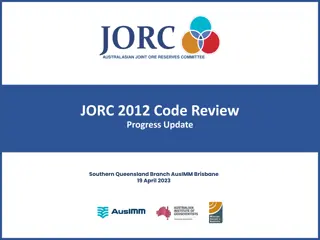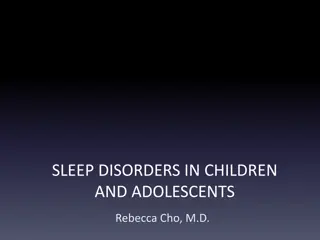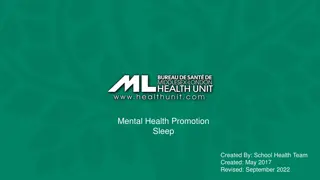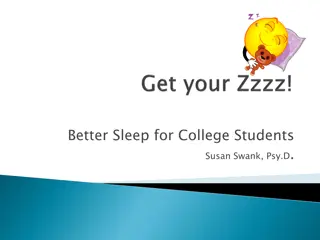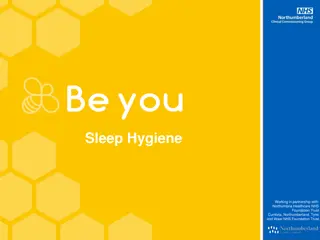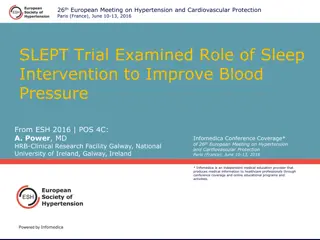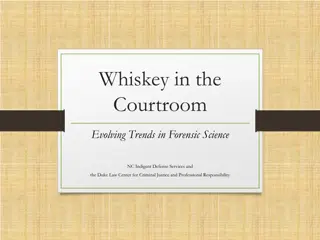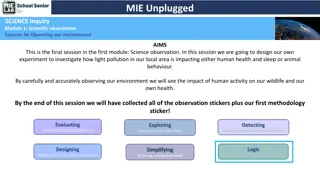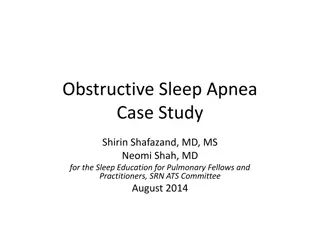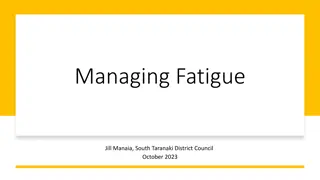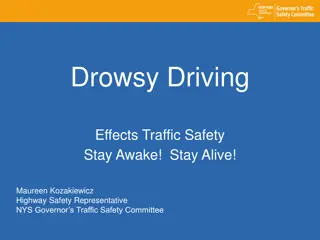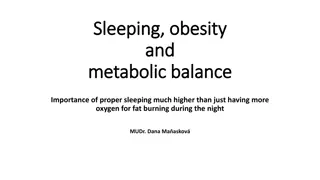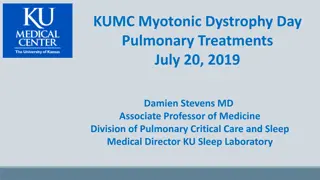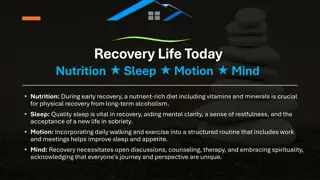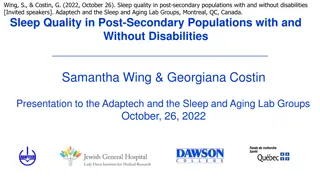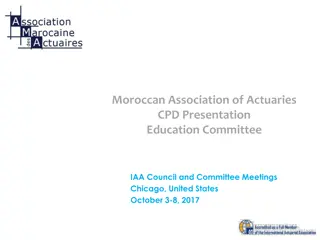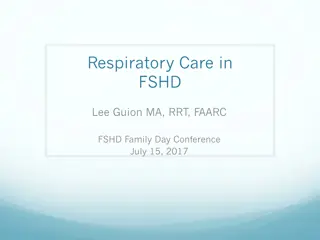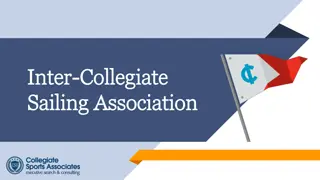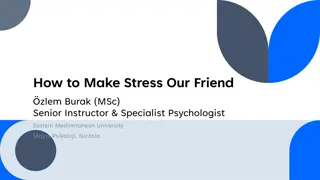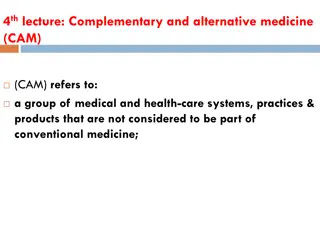Understanding Insomnia: Insights and Guidelines by Australasian Sleep Association
Explore the comprehensive overview of insomnia covering diagnosis, prevalence, consequences, and management in general practice provided by Dr. Alexander Sweetman, Program Manager of the Australasian Sleep Association. Learn about the diagnostic criteria, prevalence rates, and the common co-existence of insomnia and depression. Access the new online GP insomnia and sleep apnoea guideline for evidence-based resources. Join the Sleep Disorder Implementation Network to bridge the gap between research and practice in sleep health.
Uploaded on Sep 21, 2024 | 0 Views
Download Presentation

Please find below an Image/Link to download the presentation.
The content on the website is provided AS IS for your information and personal use only. It may not be sold, licensed, or shared on other websites without obtaining consent from the author. Download presentation by click this link. If you encounter any issues during the download, it is possible that the publisher has removed the file from their server.
E N D
Presentation Transcript
Mental Bites: Insomnia Dr Alexander Sweetman Program Manager Australasian Sleep Association alexander.sweetman@sleep.org.au
Australasian Sleep Association (ASA) The peak scientific body in Australia and New Zealand, representing ~1,000 clinicians, scientists and researchers working in sleep health and sleep medicine. 2021 Commonwealth funded Health Peak and Advisory Bodies grant. Aims to improve access and use of evidence-based sleep disorder resources by Australian GPs, psychologists and practice nurses.
New Online GP insomnia and sleep apnoea guideline: https://www.sleepprimarycareresources.org.au/
Sleep Disorder Implementation Network It can take many years to translate research into practice. Network aims to; Provide GPs access to evidence-based information and assessment/treatment tools, Help sleep researchers translate evidence into practice, Improve patients lives. Register: https://redcap.link/ASAnetwork
Overview Insomnia diagnosis, prevalence, consequences. Insomnia management in general practice. Presentation take-home messages look like this Will share all slides after presentation.
Diagnostic criteria Self-reported dissatisfaction with sleep quantity or quality occurring 3 nights / week; Difficulties maintaining sleep Early morning awakenings Difficulties falling asleep Significant distress or impaired daytime function; Fatigue, poor mood, concentration or memory difficulties, Reduced work productivity or social functioning. Insomnia can be an acute (<3 months), or chronic disorder ( 3 months).
Prevalence Sleep disturbances are among the most common reasons for GP appointments (RACGP, Health of the Nation, 2017-2022). Acute insomnia occurs in 30-50% of the general population. Chronic insomnia occurs in 10% of Australian adults. 30-50% Acute Insomnia ~10% Chronic insomnia Reynolds et al., 2019
Insomnia and Depression Commonly co-exist. Depression Insomnia Share bi-directional relationships. Insomnia predicts future depression. Insomnia treatment improves depression. Insomnia treatment reduces risk of future depression. Gebara et al., 2018 Sweetman et al., 2021, MJA Cheung et al., 2020
Assessment tools Insomnia assessment Insomnia Severity Index Sleep Condition Indicator Sleep Diary Daytime impacts Epworth Sleepiness Scale Fatigue Depression https://www.sleepprimarycareresources.org.au/
Cognitive Behavioural Therapy for insomnia (CBTi) is the recommended first line treatment for insomnia. Over 25 meta-analyses showing that CBTi improves... Insomnia Daytime function Quality of life Depression Reduces sedative-hypnotic dependence ... all with sustained effects. However, only ~1% of Australian adults with insomnia access CBTi.
Chronic insomnia is maintained by psychological and behavioural factors Inadequate sleep Daytime impairments Too much time in bed Irregular sleep pattern Clock watching Electronics in bedroom Mis-perceive sleep as wake Conditioned arousal response Environmental factors Timing of food, exercise, caffeine Sleep-related anxiety Anticipated consequences of sleep loss
Cognitive Behavioural Therapy for Insomnia (CBTi) options are available to GPs. CBTi Self-guided and digital CBTi referral GPs can deliver CBTi MHTP referral to Psychologist for CBTi
GP behavioural insomnia treatment program 4-5 weekly sessions 1 x longer initial session 4 x brief follow-up sessions Three main therapies: Sleep Education Bedtime Restriction Therapy Stimulus Control Therapy
Bedtime Restriction Therapy One of the most effective treatments for insomnia. Spending too much time in bed can make our sleep problems worse. Spending more time in bed allows for more time spent awake in bed. This can lead to feelings of frustration, anxiety, and worry in bed. Takes 2-3 weeks to start improving sleep. This therapy aims to increase evening sleep pressure to help patients fall asleep quicker, and reduce how long they spend awake during the night. Uses the Sleep-Wake diary. 14
Bedtime Restriction Therapy Bedtime Restriction Therapy administration: https://www.sleepprimarycareresources.org.au/ 15
Stimulus Control Therapy https://www.sleepprimarycareresources.org.au/
Sleep Disorder Implementation Network It can take many years to translate research into practice. Network aims to; Provide GPs access to evidence-based information and assessment/treatment tools, Help sleep researchers translate evidence into practice, Improve patients lives. Register: https://redcap.link/ASAnetwork
References and Resources 1. New Online GP insomnia and sleep apnoea guideline: https://www.sleepprimarycareresources.org.au/ gpLearning Insomnia Management module. Cheng et al., (2019). Depression prevention via digital cognitive behavioral therapy for insomnia: a randomized controlled trial. Sleep, 42(10). Gebara et al., (2018). Effect of insomnia treatments on depression: A systematic review and meta analysis. Depression and anxiety, 35(8). Reynolds et al., (2019). Chronic Insomnia Disorder in Australia. Sleep Health Foundation. Riemann et al., (2017). European guideline for the diagnosis and treatment of insomnia. Journal of sleep research, 26(6). Sweetman et al., (2021). A step-by-step model for a brief behavioural treatment for insomnia in Australian general practice. Australian journal of general practice, 50(5). Sweetman et al., (2021). Co occurring depression and insomnia in Australian primary care: recent scientific evidence. Medical Journal of Australia, 215(5). 2. 3. 4. 5. 6. 7. 8.
Questions / Discussion Dr Alexander Sweetman alexander.sweetman@sleep.org.au
